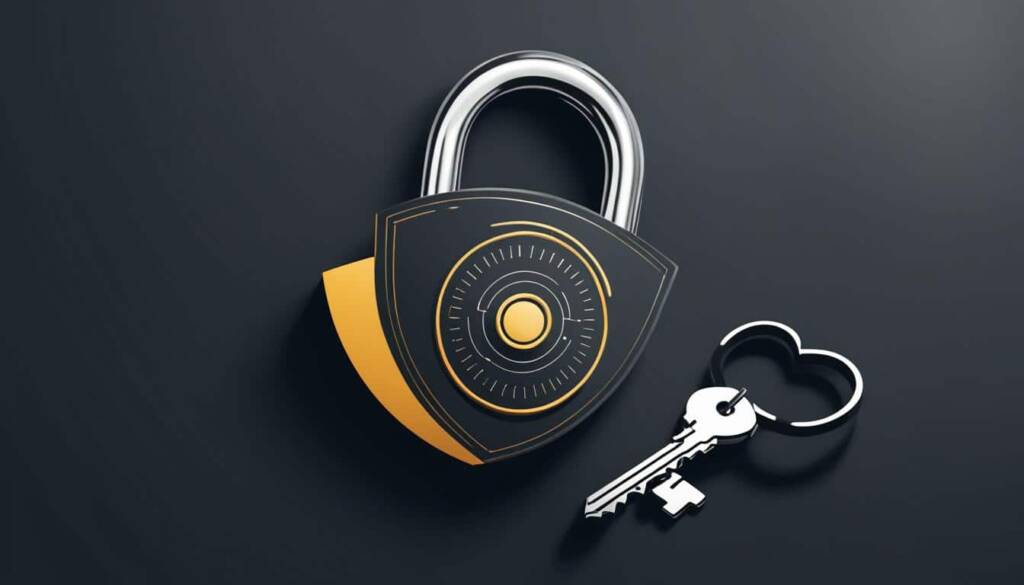Table of Contents
RADIUS (Remote Authentication Dial-In User Service) is a client-server protocol used for authenticating dial-in users and authorizing their access to a system or service. It enables remote access servers to communicate with a central server, allowing companies to maintain user profiles in a central database for enhanced security and easier tracking of usage. RADIUS was originally designed for use with dial-in connections but is now commonly used for remote access across various types of networks.
In today’s world, where remote access is becoming increasingly important, RADIUS authentication plays a vital role in ensuring cybersecurity. By securely verifying the identity of dial-in users, organizations can protect their resources from unauthorized access and potential threats.
RADIUS authentication involves a network access server (NAS) sending a request to the central RADIUS server for user authentication. The user’s credentials, such as username and password, are sent securely for verification. If the authentication is successful, the RADIUS server sends an access approval message, allowing the user to connect to the remote access server.
RADIUS servers provide centralized authentication services for various applications, including remote dial-in servers, virtual private network (VPN) servers, wireless access points, and network switches. By utilizing a central server for user authentication, organizations can streamline their authentication processes and ensure consistent security measures across different access points.
Moreover, RADIUS servers support accounting capabilities, allowing organizations to monitor and track users’ data usage and session details. This feature is crucial for billing purposes and helps organizations analyze network usage patterns.
Overall, RADIUS authentication is an essential component of modern cybersecurity strategies, enabling organizations to securely authenticate and authorize dial-in users, enhance network security, and streamline access management across various remote access servers.
The Working of RADIUS Authentication
In the RADIUS protocol, user authentication takes place between a network access server (NAS) and a RADIUS server. When a remote user initiates a connection through a NAS, the NAS sends a request for authentication to the RADIUS server.
RADIUS authentication can be done using either the Password Authentication Protocol (PAP) or the Challenge Handshake Authentication Protocol (CHAP). PAP sends the user’s credentials in clear text, while CHAP encrypts them for enhanced security.
RADIUS proxies can also be configured to forward authentication requests to other RADIUS servers, creating a distributed authentication system that improves redundancy and scalability.
Here’s an overview of the RADIUS authentication process:
- The user initiates a connection to a RADIUS client (NAS).
- The NAS sends an Access-Request message to the RADIUS server, including the user’s credentials.
- The RADIUS server checks the user credentials and performs the necessary checks, such as verifying the user’s password against the stored value.
- If the authentication is successful, the RADIUS server sends an Access-Accept message to the NAS, granting access to the user.
- If the authentication fails or the user is not authorized to access the requested service, the RADIUS server sends an Access-Reject message, denying access.
RADIUS authentication ensures that only authorized users can access the network or service, enhancing security and preventing unauthorized access.
Applications of RADIUS Servers
RADIUS servers play a crucial role in various applications, offering centralized authentication services for remote users connecting to networks through different access points. From dial-in servers to VPN servers, wireless access points, and network switches, RADIUS servers provide robust security and streamlined network management.
Dial-in Servers
RADIUS servers are commonly used in dial-in server environments. They authenticate users accessing the network via dial-up connections and authorize their access based on the provided credentials. By leveraging RADIUS servers, organizations can ensure secure and efficient dial-in access, protecting sensitive data and resources from unauthorized users.
Virtual Private Network (VPN) Servers
RADIUS servers are extensively used in VPN deployments. They serve as a central authentication mechanism, verifying the identity of remote users attempting to connect to the network through a VPN gateway. RADIUS authentication provides an additional layer of security, ensuring that only authorized individuals with valid credentials can establish VPN connections.
Wireless Access Points
RADIUS servers are essential components of wireless networks. They enable centralized authentication for users connecting to wireless access points. By integrating RADIUS servers with wireless infrastructures, organizations can implement strong user authentication measures and enforce access policies, safeguarding their wireless networks from unauthorized access.
Network Switches
RADIUS servers are also employed in managed network access switches. These switches use RADIUS servers to authenticate and authorize users attempting to access the network. By implementing RADIUS-based authentication on network switches, organizations can ensure proper user verification and enhance network security.
When implemented in these applications, RADIUS servers provide centralized authentication, improving security and reducing administrative overhead. They integrate with directory service software, such as Microsoft’s Network Policy Server, making it seamless to manage user profiles and access policies across the network.
RADIUS Server Authentication and Accounting
When a user tries to connect to a RADIUS client, the client sends an Access-Request message to the RADIUS server. The server checks the user credentials and sends an Access-Accept message if the authentication is successful, allowing the user to connect. If there is no matching policy, the server sends an Access-Reject message, denying access.
RADIUS servers also support accounting, allowing users’ data usage and session details to be collected for monitoring, billing, and statistical purposes. This accounting process helps organizations keep track of their network resources and provides insights into the usage patterns of individual users. By logging important information like data volume, connection duration, and specific services accessed, RADIUS servers enable accurate billing and resource allocation.
Moreover, the accounting process facilitated by RADIUS servers plays a crucial role in enhancing network security. By keeping a detailed record of user activities, organizations can quickly identify any unauthorized access attempts or suspicious behavior. This information is invaluable for forensic investigations and can help organizations take prompt action to mitigate potential threats and protect their network from cyberattacks.
FAQ
What is RADIUS authentication?
RADIUS authentication is a client-server protocol used for authenticating dial-in users and authorizing their access to a system or service.
How does RADIUS authentication work?
RADIUS authentication involves the exchange of authentication requests between a network access server (NAS) and a RADIUS server. The NAS sends a request for authentication to the RADIUS server, which verifies the user credentials and sends back an Access-Accept or Access-Reject message.
What are the applications of RADIUS servers?
RADIUS servers are used in various applications, including dial-in servers, VPN servers, wireless access points, and network access switches. They provide centralized authentication services for remote users connecting to networks through different access points.
What is the authentication and accounting process in RADIUS servers?
When a user tries to connect to a RADIUS client, the client sends an Access-Request message to the RADIUS server. The server checks the user credentials and sends an Access-Accept message if the authentication is successful, allowing the user to connect. RADIUS servers also support accounting, allowing users’ data usage and session details to be collected for monitoring, billing, and statistical purposes.













